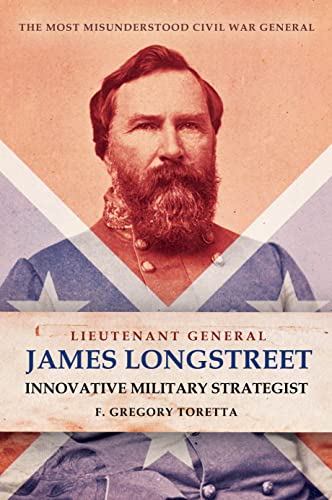
English | 2022 | ISBN: 1636241174 | 273 pages | True PDF EPUB | 15.86 MB
A fresh examination of the unique strategies and technological achievements made by General Longstreet during the Civil War.
Lieutenant-General James Longstreet, commander of the First Corps of the Army of Northern Virginia, was a brilliant tactician and strategist. Prior to the Civil War there were many technological developments, of which the rifled musket and cannon, rail transport and the telegraph were a few. In addition, the North enjoyed a great advantage in manpower and resources. Longstreet adapted to these technological changes and the disparity between the belligerents making recommendations on how the war should be fought. Longstreet made a leap of thinking to adjust to this new type of warfare. Many others did not make this leap, including Robert E. Lee, "Stonewall" Jackson, Bragg, Hood and Jefferson Davis. Unfortunately, his advice was not heeded and given the weight it deserved. In contrast to many other southern generals, Longstreet advocated for defensive warfare, using entrenchments and trying to maneuver the enemy to assault his position, conserving manpower, resources and supplies.
With the advent of the highly accurate and long-range rifled musket, offensive tactics became questionable and risky. This caused Longstreet to come into conflict with General Robert E. Lee at Gettysburg. Longstreet opposed the Gettysburg campaign and Lee's battle plans at Gettysburg against General Meade and the Army of the Potomac. At Chickamauga, Longstreet was at odds with General Bragg on how to proceed after the stunning victory by the Army of Tennessee over Rosecrans and his forces.
Longstreet was never given full authority over an army in the field. He was a pragmatic and methodical general and had his suggestions been utilized there would have been a better outcome for the South. Many historians and biographers have misunderstood Longstreet and his motives, not focusing on the total picture. This work offers a fresh and unique perspective on Lieutenant-General James Longstreet and the Civil War. This narrative takes a new viewpoint of the Civil War and the generals who tailored their designs to pursue the war, analyses Longstreet's views of the generals and the tactics and strategy they employed and examines why Longstreet proposed and urged a new type of warfare.



